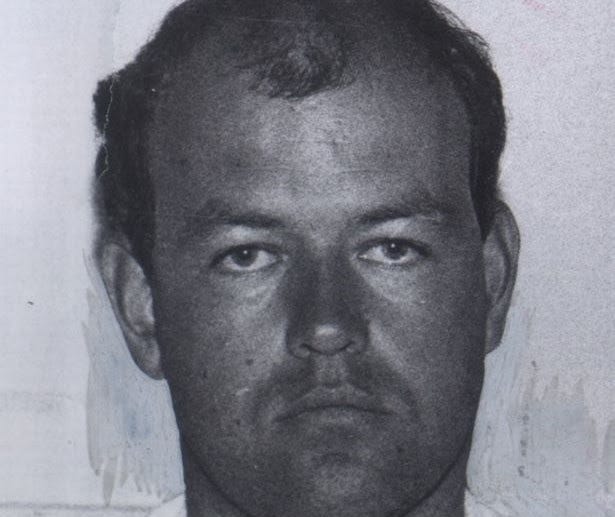The Unraveling of Colin Pitchfork: A Forensic Breakthrough
Written on
The Unique Patterns of Fingerprints
Fingerprints are unique to each individual, showcasing distinct patterns that serve multiple purposes—from identifying individuals to unlocking devices. Colin Pitchfork, a British murderer, became infamous as the first individual to be convicted largely due to advancements in forensic science during the 21st century. A notorious misogynist, he was a local baker and child killer whose case marked a pivotal moment where DNA evidence played a crucial role in his conviction.

At just 18 years old, Pitchfork was apprehended for indecent exposure involving young girls and was subsequently sent to the Carlton Hayes Psychiatric Hospital, where it was believed he would receive rehabilitation. He later found employment at Hampshires Bakery in Leicester, advancing from an apprentice to a skilled cake decorator. Despite being married and a father of two, Pitchfork's troubling behavior towards female coworkers was alarming. Though he appeared to be a model employee, this harassment hinted at darker tendencies.
The Night That Changed Everything
On November 21, 1983, Lynda Mann, aged 15, made a last-minute decision to take a different route home after babysitting. Her parents grew worried when she failed to return, and her body was later discovered on the Black Pad footpath in Narborough. She had been raped and strangled with her own scarf, leaving the police with no leads. Initially, they interviewed Pitchfork, who claimed to be with his newborn son at the time. The case quickly went cold.

Three years later, another teenager, Dawn Ashworth, also 15, disappeared while taking a shortcut home. Two days later, her body was found, and she had suffered a fate similar to Mann's—killed and se